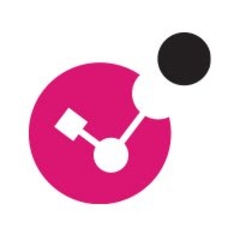We were looking for several solutions that would meet certain network threat prevention needs - one of which was the tendency to have user workflow control points that could be affected on a day-to-day basis. Given these situations, we needed to provide better zero-day protection in real-time that would reduce corporate expenses and the consumption of costs generated by the security department while still getting information in real-time 24 hours a day. We came across different solutions that met these characteristics; however, in the end, we managed to choose and segment Sandblast computing services.
Sandblast is one of the tools provided by Check Point, which has given us the best zero-day prevention in real time. It offers optimized security management, which facilitates monitoring, analysis, reporting, user segmentation, detection, and analysis within our network.
It is providing network administrators with productivity without interrupting their regular operations.
The zero-day protection and prevention features that are included in the solution enhance the intelligence of searching for threats, infections, or attacks under interpretation or prevention technology. It looks out for new cyber threats and generates predictions based on behaviors that are already detected on a daily basis.
We look forward to seeing many favorable characteristics of the Sandblast solution in the future. However, we must take into account that among the appliances that it comes installed and preconfigured on. Check Point provides the solution from Sandblast and offers it to be used for free when purchasing a Check Point product. Its best feature is that in the first year, we get unprecedented security protection and performance. After analysis, we can acquire other services available on the platform. This reduces costs as we have all security needs under one umbrella.
We do take advantage of the year we get for free from Check Point. In the future, this solution can be added under licensing for consumption per user. Today, we have it as part of a solution or a package. However, we'd like there to be a way where we can have the solution's features available to us in a cheaper way in the future.
I've used the solution for one year and nine months.
So far, the solution has been very stable during the year and months that we have been using it. There are no crashes, loss of service, or malfunctions. It is one of the solutions that has given us the least amount of problems as security administrators.
The solution has been quite scalable. It has allowed us to integrate different devices and, additionally, it has been incorporated into the solutions that we have today on the perimeter.
Previously we were testing solutions from Microsoft, Amazon Web Services, and Fortinet to see which was the best, which we could implement in the end, and we ultimately decided on Check Point's services.
The price-cost relationship, capabilities, and benefits that the solution gives us is something that must be evaluated. When we decide on certain applications, we must understand that organizations have a budget, and we must take care of them based on that. The free trial, however, is of great value.














